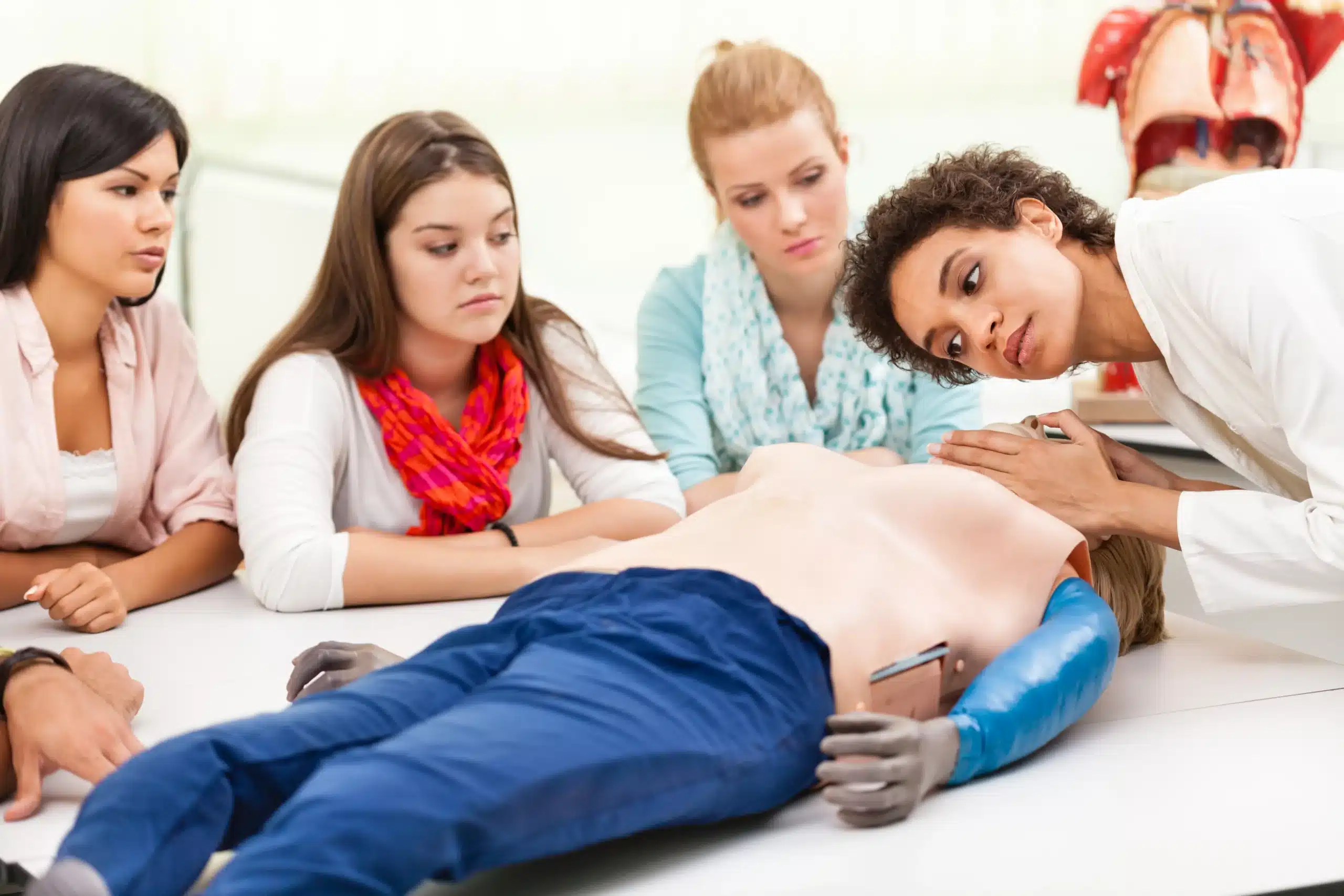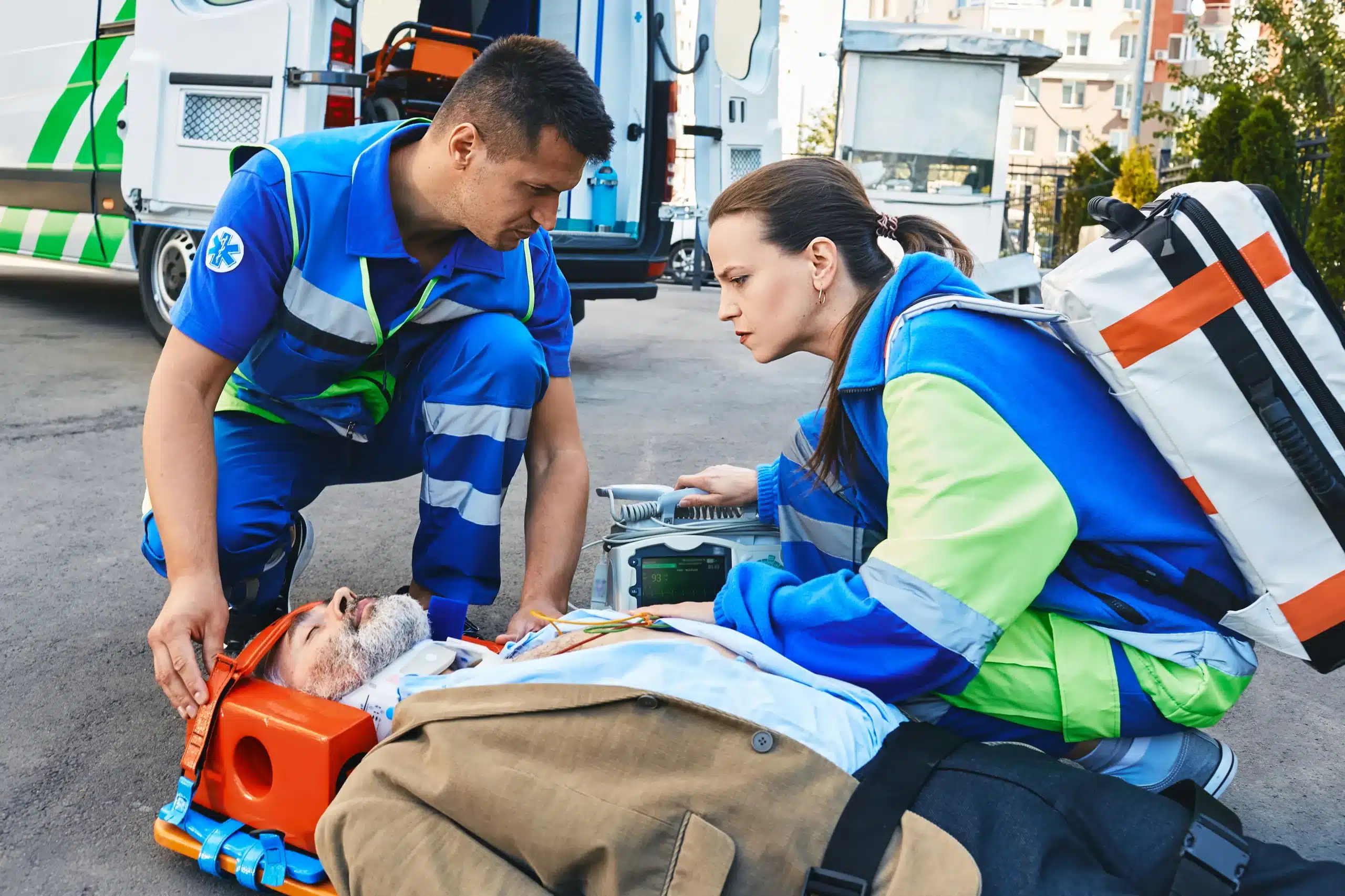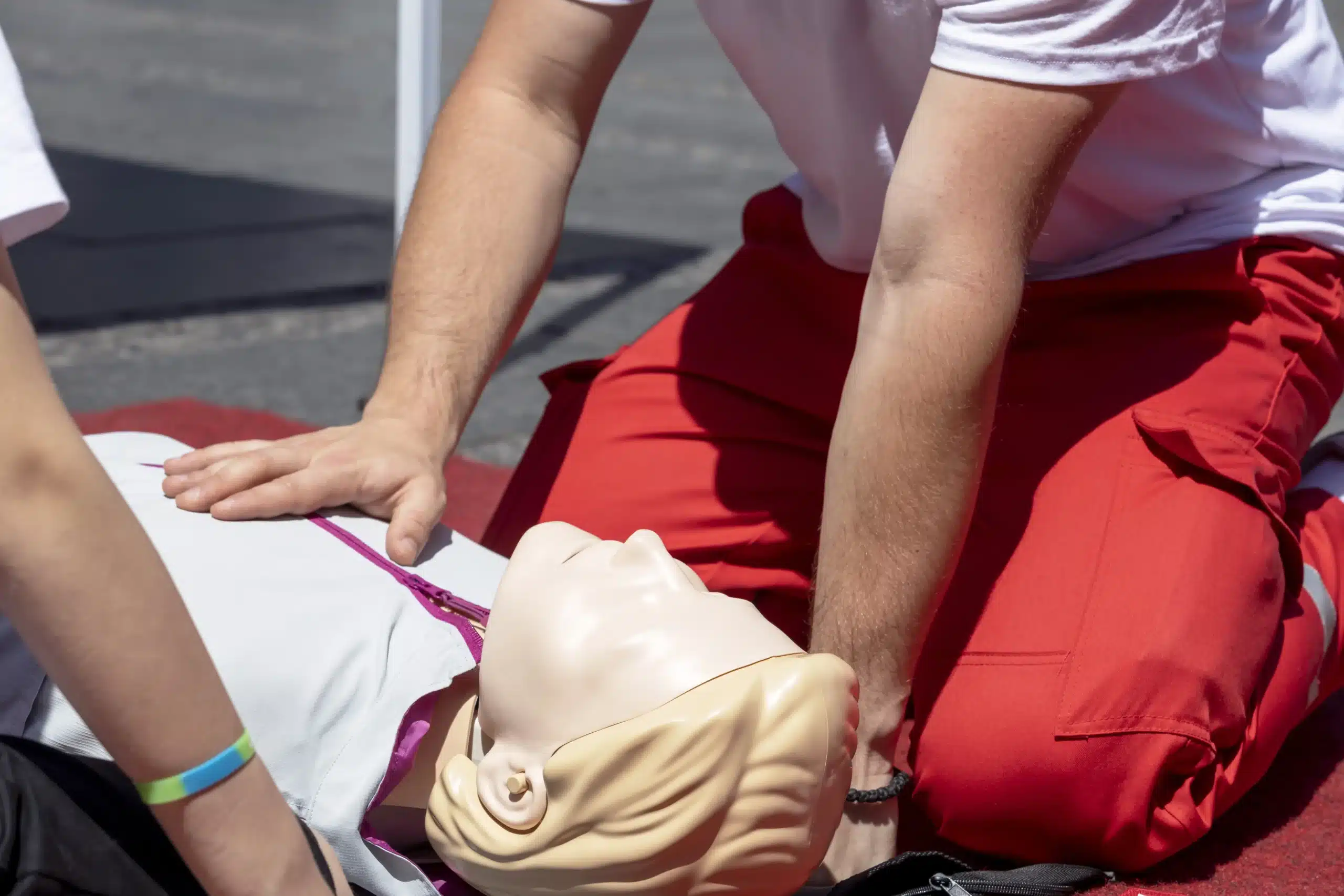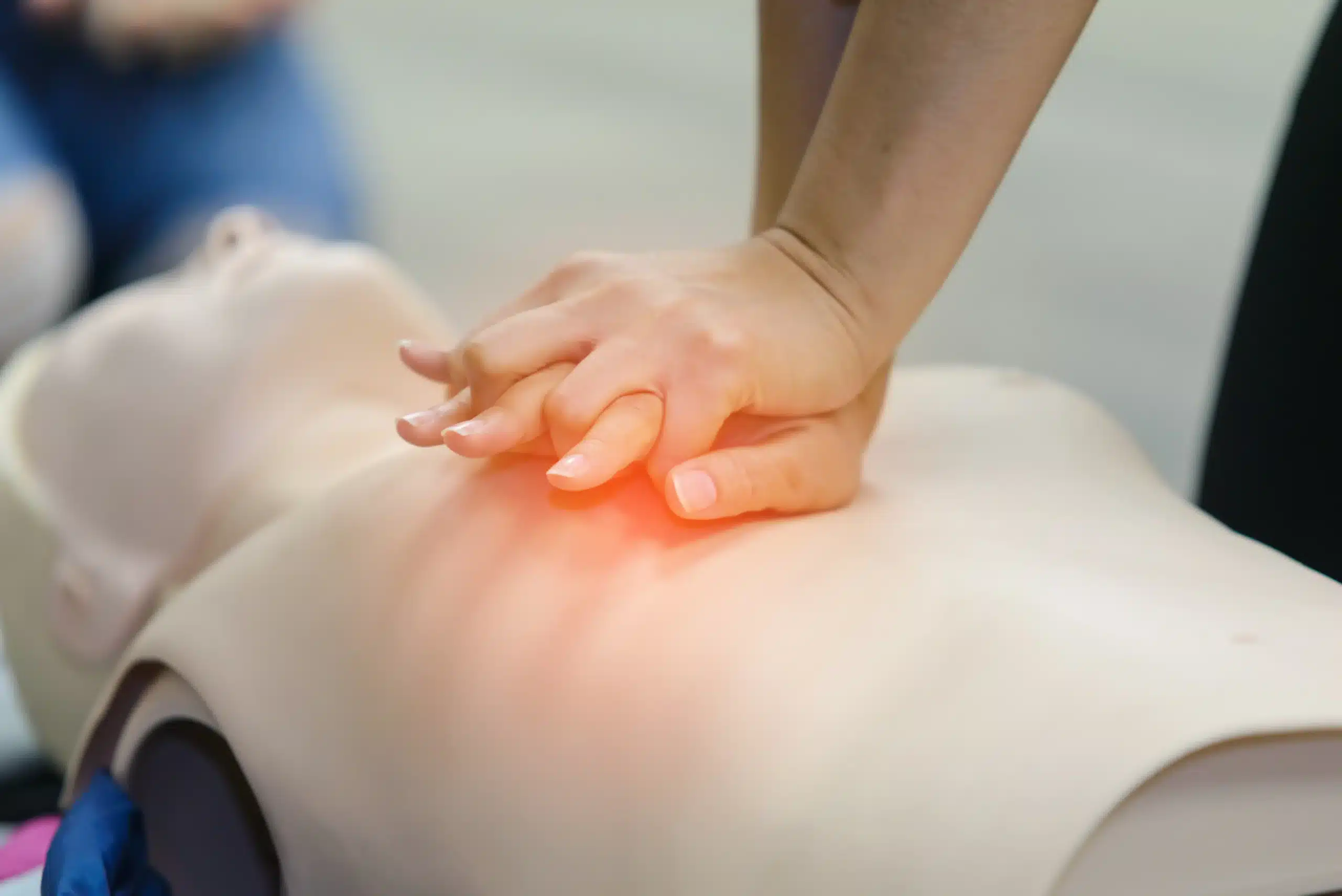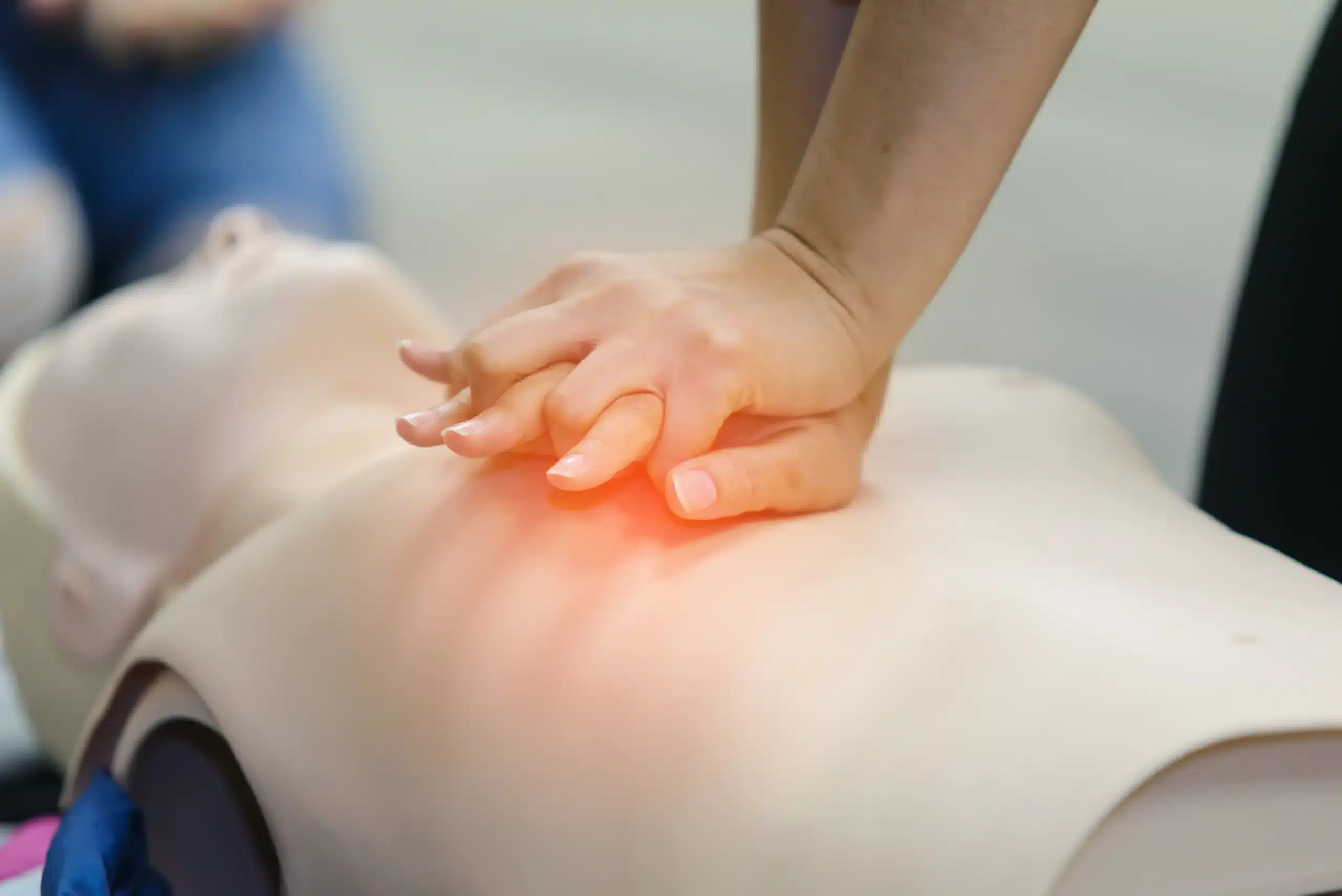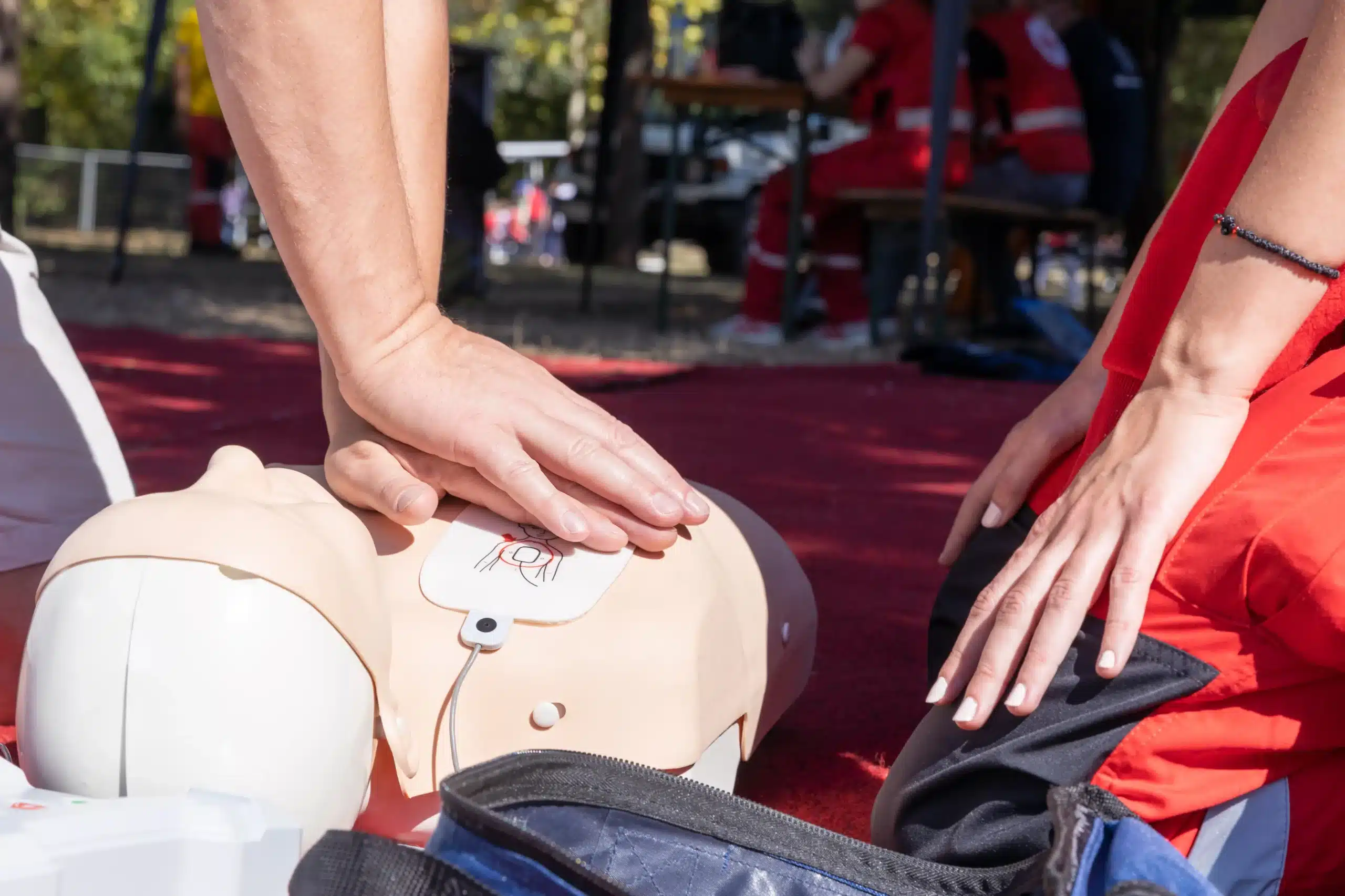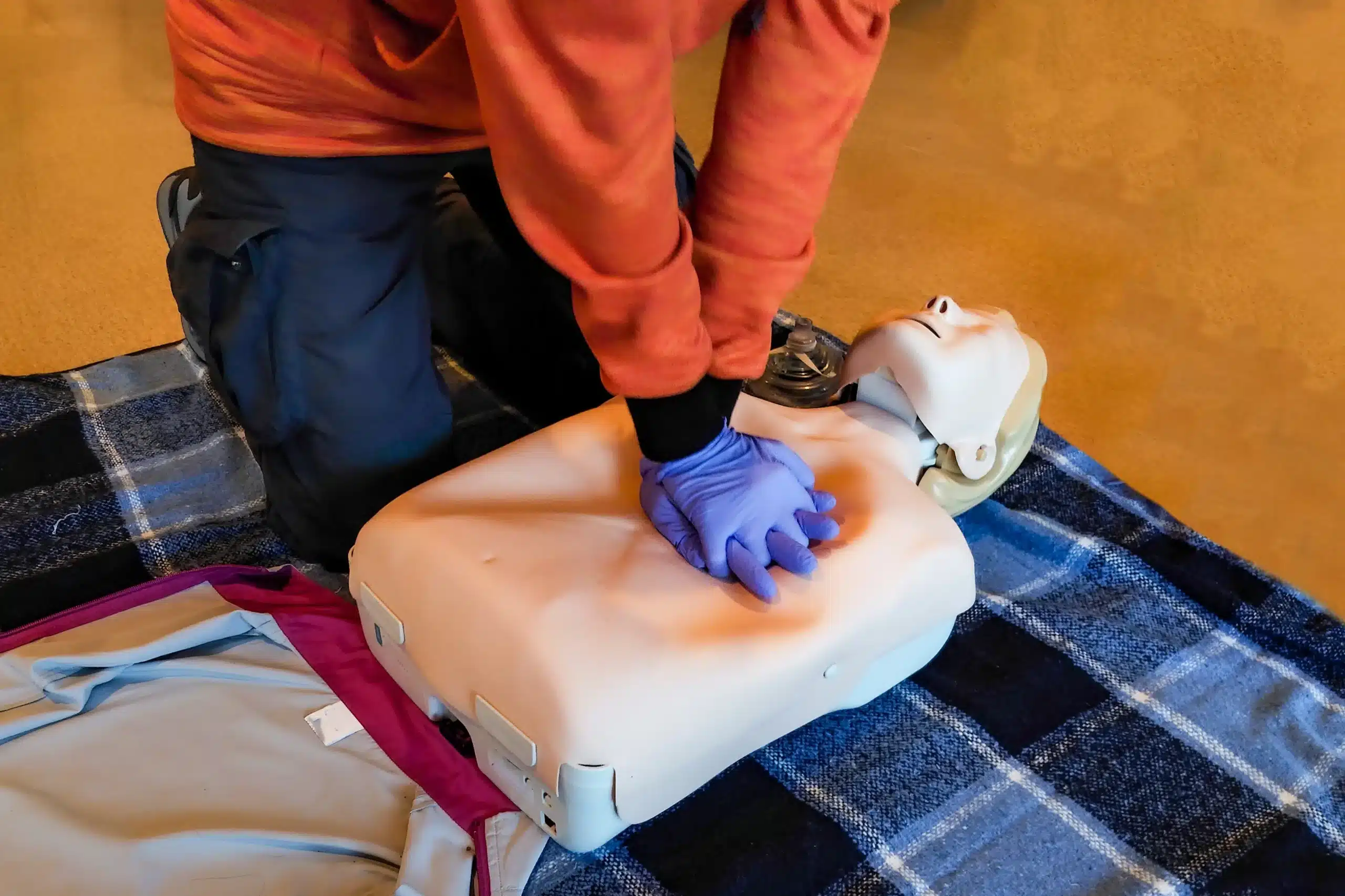Life can throw curveballs, and sometimes those curveballs involve medical emergencies. Being prepared isn’t about living in fear; it’s about having the confidence to act when it matters most. That’s where BLS certification in Palo Alto comes in. This training equips you with the essential skills to respond to life-threatening situations, providing immediate care that can bridge the gap until professional medical help arrives. This guide will walk you through the process of getting BLS certified, from understanding the basics to finding the right course and navigating the certification process. We’ll also address common questions and concerns, ensuring you have all the information you need to make an informed decision.
Key Takeaways
- BLS certification equips you with essential life-saving skills applicable in various settings. Whether you’re a healthcare professional or work in another field, having these skills can make a real difference in an emergency. Look for an AHA-certified course to ensure you receive high-quality training.
- Finding the right BLS course depends on your individual needs and preferences. Consider factors like cost, schedule, and course format when selecting a provider. Explore options like Safety Training Seminars, which offers daily classes and a low-price guarantee.
- Maintaining your BLS certification demonstrates your commitment to providing effective care. Stay up-to-date with the latest guidelines and plan to renew your certification every two years. Take advantage of available resources and support to keep your skills sharp.
What is BLS Certification in Palo Alto?
BLS certification in Palo Alto equips you with the skills to respond to life-threatening emergencies, just like it does everywhere else. It’s the foundation for saving lives, focusing on immediate intervention for things like cardiac arrest, choking, and other breathing emergencies. This section breaks down the essentials of BLS certification, addressing common questions and clearing up any confusion.
What is BLS and who needs it?
BLS stands for Basic Life Support. It covers the fundamental skills needed to assist someone experiencing a medical crisis like a heart attack or obstructed airway. These skills include CPR (cardiopulmonary resuscitation), using an AED (automated external defibrillator), and relieving choking. It’s essential training for healthcare providers, first responders, and anyone working in roles where these emergencies might occur. Think nurses, doctors, EMTs, lifeguards—even teachers or coaches. Many healthcare employers require BLS Certification. Our classes serve Palo Alto, Redwood City, and Menlo Park.
Why choose AHA certification?
When selecting a BLS course, look for one accredited by the American Heart Association (AHA). AHA certification is widely recognized as the gold standard for CPR and BLS training. It signifies that the course meets stringent quality and effectiveness standards, giving you confidence in the skills you learn. Our courses offer AHA certification through the RQI program, ensuring you receive top-tier training at our Palo Alto location.
What skills will I learn in BLS training?
A BLS certification course covers the core skills needed to respond effectively in a crisis. You’ll learn how to perform high-quality CPR for adults, children, and infants, how to use an AED, and how to help someone who is choking. The training also emphasizes recognizing the signs of a medical emergency and quickly assessing a victim’s condition. These skills empower you to provide immediate care while waiting for professional medical help to arrive. We offer low prices and group discounts for our training courses.
Common BLS certification misconceptions
One common misconception is that only doctors and nurses need BLS certification. While it’s certainly a requirement for many healthcare roles, other professions also benefit from this training. Anyone working with children, like daycare providers or camp counselors, those in fitness like personal trainers, and even people in general workplace settings can find value in having these lifesaving skills. Check with your employer or professional organization to see if BLS certification is recommended or required for your specific field. Even if it’s not mandatory, it’s a valuable asset. Consider taking a class at our convenient Palo Alto location.
Find the Right BLS Certification Course
Finding the right BLS certification course depends on your learning style, schedule, and budget. Let’s explore some popular options in and around Palo Alto.
Safety Training Seminars
Safety Training Seminars, located right here in Palo Alto, offers a comprehensive BLS certification course covering essential lifesaving skills like high-quality CPR, AED use, and choking relief. Their BLS CPR Provider Heartcode course blends online learning with in-person skills testing and is priced at $120. For more details and to register, visit their BLS certification page. They also offer a low price guarantee, ensuring excellent value. Safety Training Seminars also offers discounts for group classes.
Stanford Health Care
Stanford Health Care provides a BLS training course designed for healthcare providers. This course combines single-rescuer and team life support concepts, with hands-on practice and testing led by an AHA BLS Instructor. Visit their website for more information.
American Red Cross
The American Red Cross offers a BLS training program with a blended learning approach. Their program includes online modules you can complete at your own pace, followed by in-person skills sessions. Learn more about their BLS training.
Other local options
For additional options in the area, Redwood City CPR Classes offers a comprehensive BLS certification course focused on equipping participants with the skills to handle medical emergencies.
In-person, online, and hybrid formats
BLS courses come in various formats, including blended learning and instructor-led sessions. The American Heart Association offers several BLS course options. This flexibility lets you choose the format that best suits your needs and preferences.
Typical schedules and course duration
Many providers, including Safety Training Seminars, offer the AHA Basic Life Support (BLS) Provider course daily, making it easier to fit BLS training into your busy schedule. View their course calendar to find a convenient time.
Get BLS Certified: Process and Requirements
How to get certified
Getting your BLS certification in Palo Alto is straightforward. Our BLS CPR Provider Heartcode course at Safety Training Seminars covers core lifesaving skills, including high-quality CPR, using an AED, and relieving choking. The course, including both the online portion and the skills test, costs $120. Learn more on our BLS certification page.
Hands-on practice and skills tests
The BLS CPR Provider Heartcode course blends online learning with essential hands-on practice. You’ll complete the cognitive portion online, which typically takes between one and two hours, whether you’re getting certified for the first time or renewing your credentials. This online portion lets you learn at your own pace before demonstrating your skills in person. We then schedule a short in-person skills session to confirm your competency.
Certification validity and renewal
Your BLS certification is valid for two years, after which you’ll need to renew it. Online renewal courses are a convenient option if you’re already familiar with the material and often only take a few hours. Consider our RQI program for a streamlined renewal process.
Post-certification resources and support
After you complete your BLS training with us, we offer continued support to help you stay sharp. We understand that staying up-to-date is crucial for any BLS practitioner. We provide various resources and guidance to help you maintain and expand your lifesaving skills.
Legal and ethical considerations
BLS certification demonstrates your preparedness to handle emergencies and provide immediate care. Because BLS training covers essential skills like CPR—needed in various medical settings—it’s a valuable asset. This training equips you to respond effectively in critical situations, fulfilling both ethical and, in many cases, legal obligations for healthcare providers. BLS certification is often a job requirement in healthcare. Even outside of healthcare settings, these skills can make a profound difference.
BLS Certification Costs and Value
Getting BLS certified is an investment in your skills and ability to respond to emergencies. Let’s break down the costs associated with BLS certification and explore why it’s a valuable asset.
Average course fees and expenses
BLS certification costs vary depending on the training provider and the type of course. At Safety Training Seminars, our BLS CPR Provider Heartcode course, including the online portion and skills testing, costs $120. This comprehensive course provides everything you need to become certified.
Group discounts and special offers
If you’re certifying a group, like colleagues or a community organization, ask about group discounts. Many providers, including Safety Training Seminars, offer reduced rates for group bookings. Explore our group discount options to see how you can save. Choosing an American Heart Association (AHA) certified course ensures you’re receiving the gold standard in CPR and BLS training.
Compare provider costs
When comparing costs between providers, consider what’s included in the course fee. Some providers might have a lower initial price but charge extra for materials or certification cards. A basic BLS certification for healthcare providers typically has a different price than a more advanced course or one bundled with extra certifications like First Aid. Make sure you’re comparing similar offerings to get the best value. Our low price guarantee ensures you’re getting top-quality training at a competitive price.
The long-term value of BLS
While there’s an upfront cost for BLS certification, the long-term value is significant. This certification can open doors to various job opportunities, especially in healthcare, education, and fitness. Knowing you can potentially save a life offers invaluable peace of mind. BLS certification is valid for two years, and online renewal courses offer a convenient way to recertify.
Practical applications beyond healthcare
BLS training equips you with essential, life-saving skills applicable beyond healthcare settings. Whether responding to emergencies at home, in public, or fulfilling workplace requirements, BLS certification shows you’re prepared to handle critical situations and provide immediate care. This makes it valuable for anyone, regardless of profession.
Choose the Right BLS Course
So you’ve decided to get BLS certified—great! Now, it’s time to choose the right course for your needs. This section breaks down key factors to consider, offers tips for success, and addresses common concerns.
Factors to Consider When Choosing a Provider
Finding the right provider is the first step. Look for providers offering American Heart Association (AHA) certified courses, as this is the gold standard. AHA certification is widely recognized and ensures your training aligns with the latest guidelines. Also, consider the provider’s reputation, instructor experience, and course format. Do they offer convenient schedules and locations? Reading student reviews can offer valuable insights. For those in the Bay Area, Safety Training Seminars serves Palo Alto, Redwood City, and Menlo Park.
Tips for BLS Certification Success
Once you’ve chosen a provider, set yourself up for success. Before your course, familiarize yourself with the AHA guidelines. This will give you a head start. Active participation during the course is key—ask questions and practice your skills. Remember, BLS renewal courses ensure your skills stay sharp, so plan for recertification.
Prepare for Your Course and Exam
Preparation is essential. The BLS CPR Provider Heartcode course allows you to complete the cognitive portion online, a great option for busy schedules. For the skills check, wear comfortable clothing. Arrive a few minutes early to get settled and reduce any pre-test jitters.
Address Common Customer Concerns
One common concern is cost. Compare pricing from different providers to understand the average cost. Many providers offer group discounts. Another concern is scheduling. Look for providers with flexible options. Safety Training Seminars offers daily classes in over 60 cities. Finally, if you’re concerned about price, check if the provider offers a low-price guarantee.
BLS Certification’s Importance Across Professions
BLS certification is valuable across many professions. Because BLS training covers essential life-saving skills, having this certification shows you’re prepared for emergencies. From healthcare professionals to teachers and childcare providers, BLS certification demonstrates your commitment to safety. It’s an investment in your career and the well-being of those around you.
Related Articles
- BLS Certification in Palo Alto: A Comprehensive Guide
- BLS for Healthcare Providers in Palo Alto: Complete Guide
- BLS Renewal in Palo Alto: Your Easy Guide
- Online BLS Classes in Palo Alto: Your Guide
- CPR Certification in Palo Alto: Your Guide
Frequently Asked Questions
What exactly does BLS cover?
BLS training focuses on the immediate response to life-threatening emergencies, specifically cardiac arrest and breathing issues. You’ll learn CPR, how to use an AED, and how to clear an obstructed airway. It’s about providing essential care until professional help arrives.
Is BLS certification only for healthcare professionals?
While BLS is crucial for healthcare workers, it’s beneficial for anyone. Teachers, coaches, childcare providers, fitness professionals, and even those in general workplace settings can gain valuable skills from BLS training. It’s about being prepared to help in a crisis, no matter where you are.
How long does it take to get BLS certified, and how long does the certification last?
The time commitment varies depending on the course format and provider. Our blended learning course lets you complete the online portion at your own pace, usually within a few hours. The in-person skills session is relatively short. BLS certification is typically valid for two years.
How do I choose the right BLS course?
Look for a course accredited by the American Heart Association (AHA). This ensures the training meets the highest standards. Consider your schedule, learning style, and budget. Read reviews and compare providers to find the best fit. Think about factors like location, course format (online, in-person, or blended), and instructor experience.
What if I have more questions about BLS certification in Palo Alto?
We’re here to help! Contact us directly for personalized guidance. We can answer your specific questions about course content, scheduling, group discounts, or anything else related to BLS certification in the Palo Alto area.
